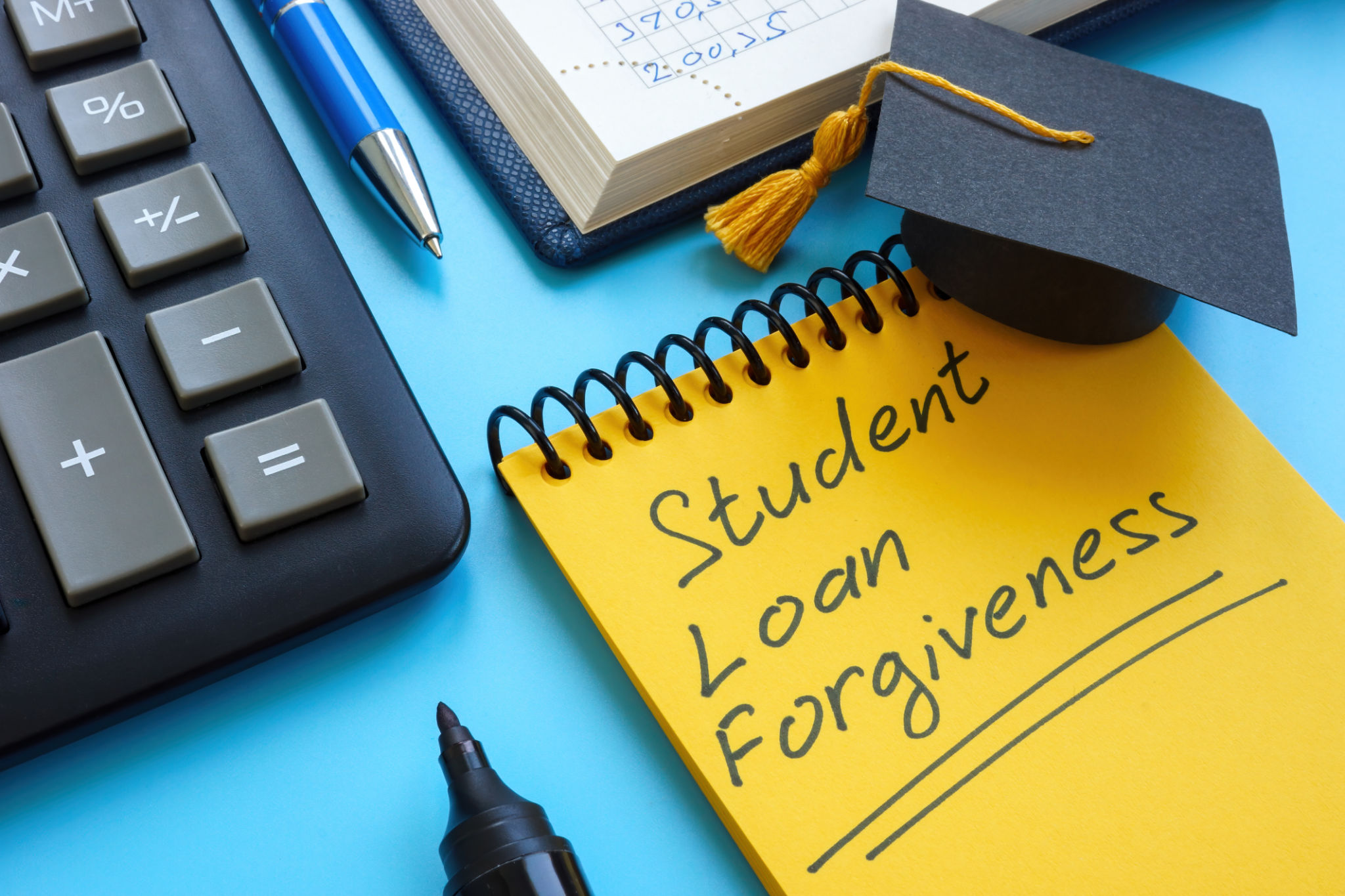Expert Tips for Navigating Student Loan Forgiveness: What You Need to Know
Understanding Student Loan Forgiveness
For many graduates, student loans can be a significant financial burden. However, student loan forgiveness programs offer a beacon of hope for reducing or eliminating this debt. Understanding how these programs work is crucial in navigating the path to a debt-free future. This guide will provide you with expert tips on what you need to know about student loan forgiveness.

Eligibility Requirements
Not everyone qualifies for student loan forgiveness, and eligibility can vary widely depending on the specific program. Generally, factors such as employment in certain fields, repayment history, and specific types of loans are considered. The most common programs include Public Service Loan Forgiveness (PSLF) and Teacher Loan Forgiveness. Ensure that you understand the prerequisites each program requires to maximize your chances of qualifying.
Public Service Loan Forgiveness (PSLF)
The PSLF program is designed for those working in public service jobs, including government and non-profit organizations. To qualify, borrowers must make 120 qualifying monthly payments under a qualifying repayment plan while working full-time for a qualifying employer. These payments do not have to be consecutive, but they do need to be made on time and in full.

Steps to Apply for Forgiveness
Applying for loan forgiveness can be a complex process, but understanding the steps involved can streamline your journey. Here's a general outline:
- Verify Eligibility: Confirm that you meet all requirements for your chosen forgiveness program.
- Enroll in a Qualifying Repayment Plan: Ensure you are on an income-driven repayment plan if necessary.
- Submit Required Documentation: Keep meticulous records of employment and payments.
- Complete and Submit Application: Follow the specific application process for your program.
Income-Driven Repayment Plans
Many forgiveness programs require enrollment in an income-driven repayment plan. These plans adjust your monthly payment based on income and family size, potentially lowering your payments and extending your repayment period. Options include Income-Based Repayment (IBR), Pay As You Earn (PAYE), and Revised Pay As You Earn (REPAYE).

Common Pitfalls to Avoid
Navigating student loan forgiveness programs can be tricky, and it's easy to make mistakes that could jeopardize your chances of receiving forgiveness. Here are some common pitfalls to avoid:
- Missing Payments: Ensure all payments are made on time to maintain eligibility.
- Lack of Documentation: Keep thorough records of all relevant employment and payment information.
- Misunderstanding Terms: Fully understand the terms of your forgiveness program to avoid disqualification.
The Importance of Staying Informed
The landscape of student loan forgiveness is continually evolving, with new policies and changes frequently occurring. Staying informed about these changes is essential for those seeking forgiveness. Regularly check official resources such as the Federal Student Aid website to stay updated on the latest developments.

Consulting with Professionals
If navigating student loan forgiveness seems overwhelming, consider consulting with a financial advisor or a student loan expert. These professionals can provide personalized guidance based on your unique situation, ensuring that you make informed decisions along the way.
In conclusion, while student loan forgiveness offers a valuable opportunity to relieve financial stress, it requires careful navigation and adherence to program requirements. By staying informed and proactive, you can successfully manage your student loans and move closer to financial freedom.